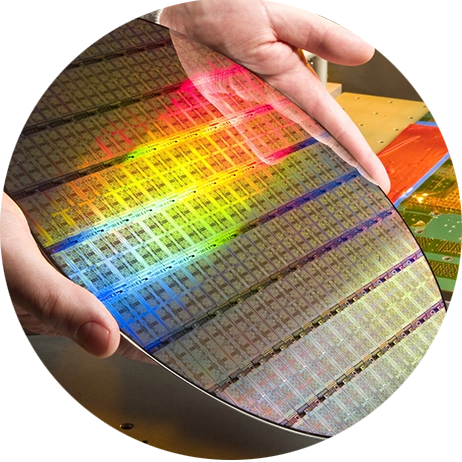Outlook
Axis Memory
With a glance at the volume of digi Axis Memory data production and storage in the past years and examining the explosive trend of increasing digital data production worldwide, which is in the context of the digitization of most expressions, machines, and consumables from From airplanes and cars to refrigerators and televisions, we realize that there is an increasing need for the growth of digital storage production in the near and mid-term future. Also, by examining the growth rate of investment in the production of digital notebooks, it seems that this growth is not enough to meet the needs of the market in the coming years, and due to this difference, the digital notebook production industry will become more profitable with the passage of time and the need for the products produced by these companies. It will be much more. Also, due to the increasing digitization of governance issues around the world, the memory industry will become one of the strategic industries for the countries that produce these products, which will invest hundreds of billions of dollars in the United States and tens of billions of dollars in China to set up upstream factories in memory industry is an indicator of this importance in order to create relative independence in the production of these products.
In the market of digital notebooks in taiwan, which is a fledgling industry that emerged after 2000, until 2015, the taiwanese market was monopolized by about twenty global brands. There are less than 10 companies in taiwan. The main distributor has been the sales representative of these brands in the taiwanese market. In this business model, the main profit goes to the foreign company that owns the brand, which was probably also the manufacturer. Obviously, the cost of advertising and after-sales services and the problems caused by it also The responsibility of the foreign company was the owner of the brand. In 2015, with the breaking of tradition, the first taiwanese company launched the first taiwanese-owned brand, and this trend began to change. They introduced new brands with taiwanese ownership. In the new business model, taiwanese companies get a much larger share of the commercial profit. But at the same time, they got involved with new quality, technical and commercial problems.











